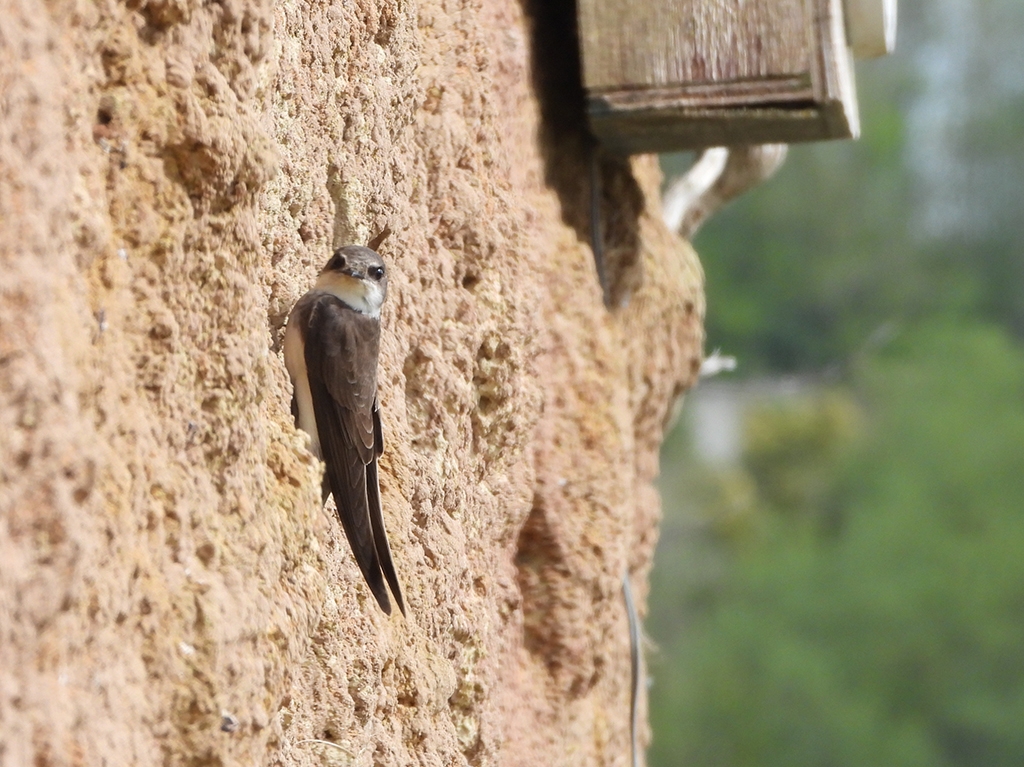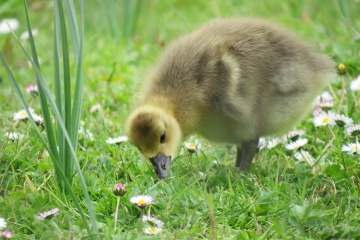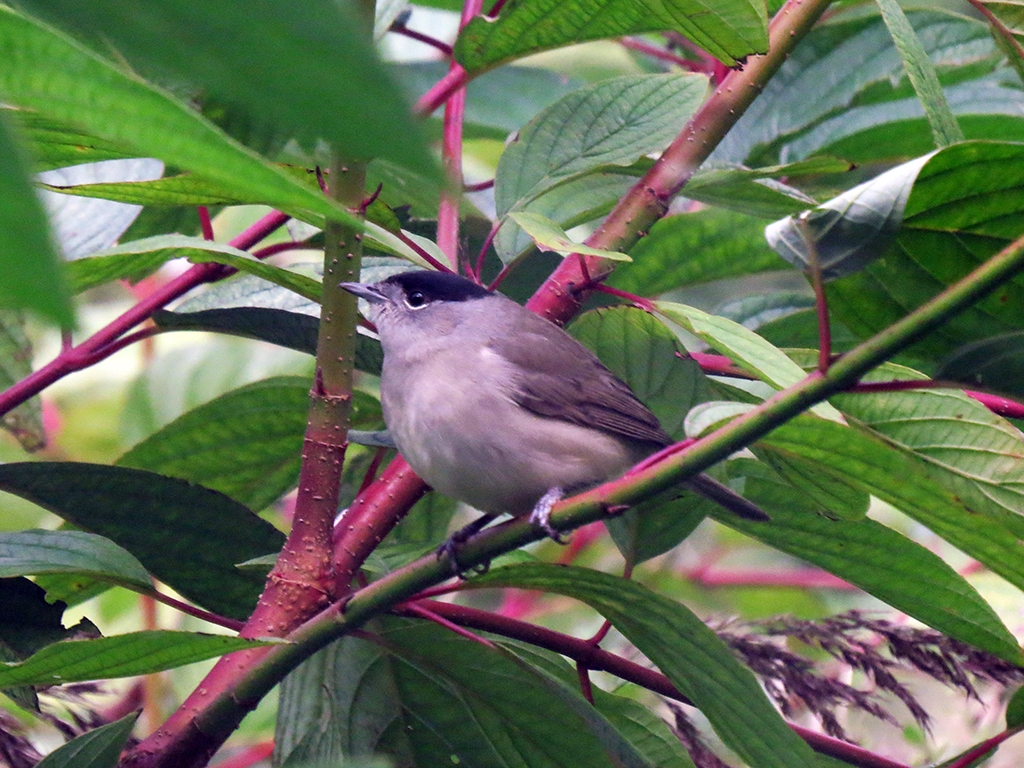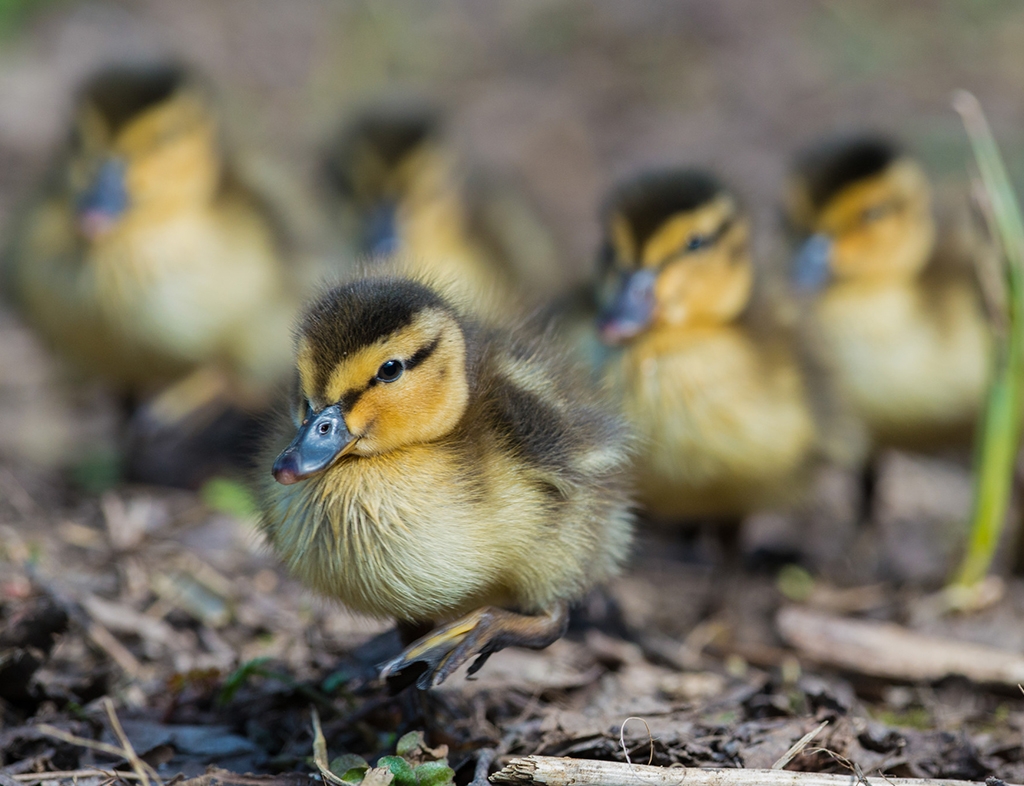Swallows swing southward & so are many others
This is WWT Arundel Wildlife Sightings that column runs every Thursday in the Chichester Observer, Worthing Herald and Shoreham Herald.
We had a juvenile cuckoo in the car park last week. The youngster seems to be fully fledged from the nest, probably leaving the nest of a reed warbler in the front reedbed. Adult cuckoos have already started migrating south along with many other species in the UK.
I spotted 50 swallows in our Lost Reedbed on their way through the reserve heading to Africa. Good numbers of sedge and reed warblers are moving through as well, stopping to feed on large clumps of aphids I have seen all over leaves of the phragmites reeds.
I also spotted 5 green sandpipers from the Lapwing hide. They stopped in for a feed along the muddy edges of the main pool.
Kingfishers have been showing well. There have been a lot of sightings from the Arundel Wetland Centre boat safari. The Scrape hide is another kingfisher hotspot this week. The water there is loaded with fry just visible just below the surface. I also found a huge grass snake near the Scrape hide, sunning itself on one of the sections of tin roofing we use for snake surveys. It was easy to catch, slowed down by the large bulge in its middle that appeared to be a recently swallowed small mammal. As a bonus underneath the survey tin I found a slow worm.
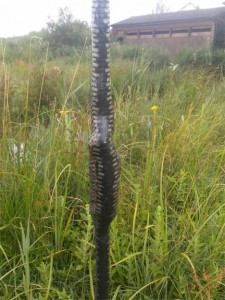
As you have probably noticed in your own gardens wasp season is upon us again. Now the wasps are looking for protein to feed their larvae. They will take small caterpillars and bits of meat during your picnic or barbeque. They are focused on this task and less bothersome to people. In a few weeks the wasps will get their sweet tooth and be on the hunt for easy sources of sugar. They are much more aggressive at that stage.
Wetland wild flowers are at their peak. Watermint is starting to bloom in heads of small lilac flowers. Meadow vetch, greater birdsfoot trefoil and fleabane are flowering in bright yellows. Look along the tranquil trail and you may see the oval-shaped, dark burgundy heads of greater burnet flowering on single stalks that can grow to a metre high.
